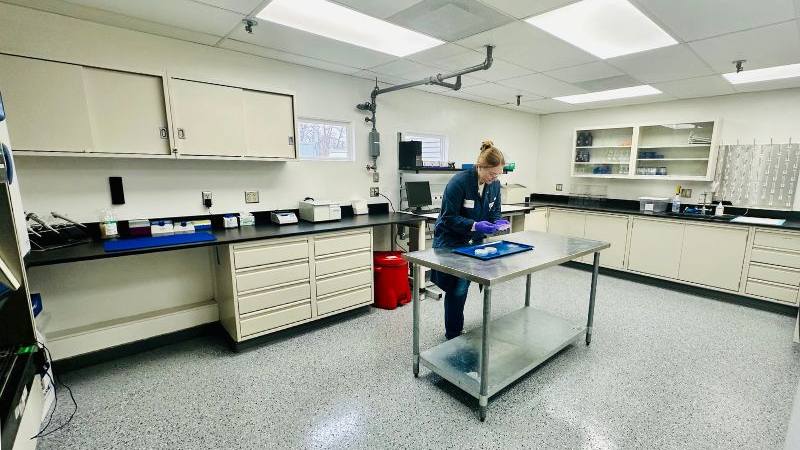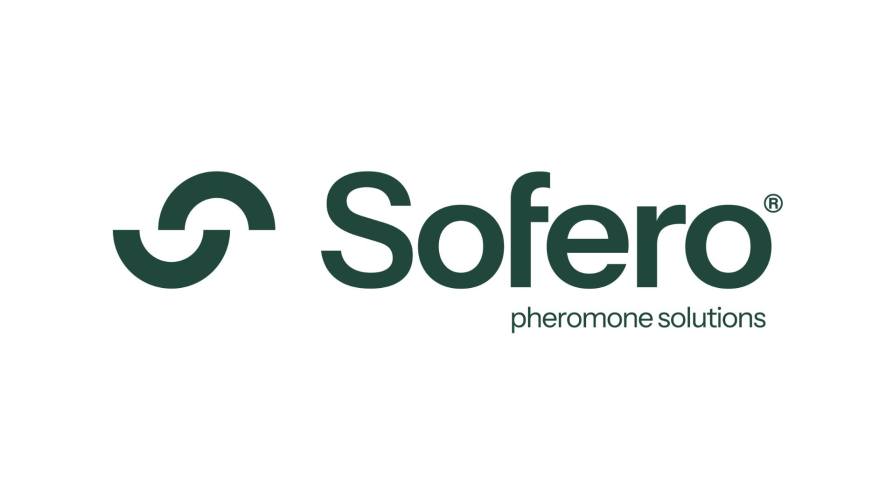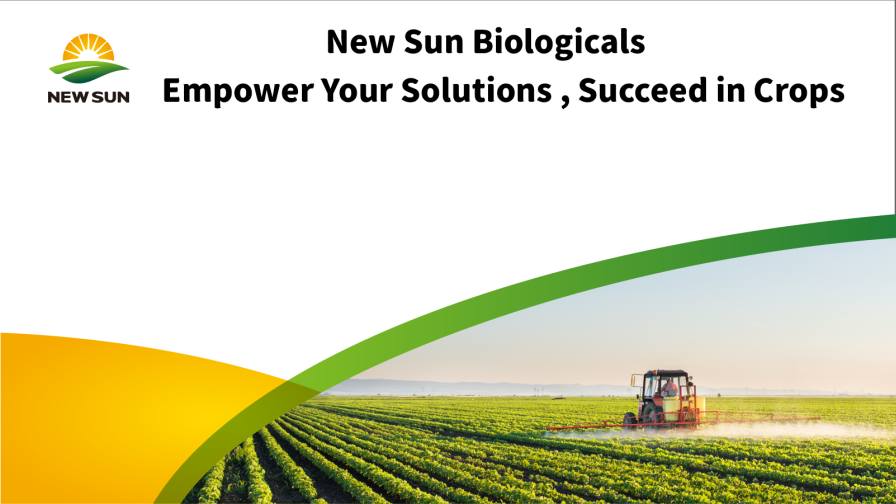AgbioInvestor’s Lawrence Middler Talks Biologicals in the EU
AgriBusiness Global recently talked with Lawrence Middler, Senior Biologicals Analyst for AgbioInvestor, about the European Union’s (EU) biologicals market and where its headed.
ABG: What biological products are currently doing well in the EU?
Lawrence Middler: Product segments such as the bio-aligned market is important in France, Italy, and Spain where vine and orchard markets feature a significant usage of copper and sulphur fungicides.

Lawrence Middler
We also identified a high level of plant extract-based products such as citrus based fungicides and neem oil/azadirachtin. The EU’s largest biopesticide markets of France, Spain, and Italy all have a greater share of specialty/horticulture product usage, therefore it should come as no surprise that some niche products also feature heavily in our market research surveys, where pheromones, plant viruses, and macrobials all had a foothold.
In the biostimulants market products such as Corteva’s BlueN (Methylobacterium symbioticum strain Sb23) and Syngenta’s ISABION (Amino acids/C/N), CBC’s Plantech (amino acids/C (Organic)/N(Organic) products were also significant.
ABG: What products are expected to do well in 2025?
LM: In a similar fashion to the U.S. market, there is currently greater pressure on farm incomes. Couple this with the potential for erratic weather patterns across the continent and European farmers are increasingly looking to boost efficiencies in the use of inputs and offset climatic risks. Nitrogen fixing biostimulants and products that can tackle abiotic stress could have a good opportunity over the coming years, also being boosted by sustainability targets to reduce fertilizer usage.
The EU has been a market that has lost several important products in recent years on the fungicide (e.g. mancozeb) and insecticide (e.g. neonicotinoids) side. There has also been a concerted effort to reign-in the use of emergency exemptions (derogations) which has further underlined the need for products to target problematic pests, a good example being the stem flea beetle.
Our market research identified that, similar to other markets, the majority of farmers in the row crops we surveyed were looking to use the same level or indeed more biological products in row crops.
ABG: What companies are successfully bringing products to market and why?
LM: The EU market is one region, where the biologicals market has grown significantly in the fruit and vegetable and specialty crop segments. With this a number of locally established companies have traditionally serviced these markets, and with that have a great deal of customer and product knowledge. This means that there has been a high level of acquisitions as well as product and R&D collaborations/licensing with larger multinationals. These companies typically have the greatest resources to tackle the still complex regulatory system in the EU, and also the scale to make such products more profitable. I would expect a greater level of marketing activity around biological product usage in row crops within Europe over the next five years and beyond, supported by the sentiment we have identified in the market research we conducted with growers.
ABG: What are the top three hinderances in getting into the EU market?
LM: The regulatory complexity in the European market is well documented in our industry, but aside from that there are other challenges for companies bringing biological products to the European market.
The first that I would highlight is that in the established markets such as France, Spain, and Italy, the product and company landscape is highly competitive. Bringing a new product to those markets will rely on companies having a laser focus on filling gaps in the market, satisfying a number of factors such as lowering costs, efficacy, resistance management, product substitution and input efficiencies. I don’t think that these markets can be considered mature. Clearly there is an appetite for wider product adoption, especially in row crops, and governmental sustainability targets should stimulate the market in the medium to longer term.
In less developed biologicals markets within eastern Europe, farmers are somewhat behind the curve on awareness and consequently product adoption. I expect this to change with greater company investment in the region.
There is clearly a big opportunity in the UK market for biopesticides and biostimulants, but there is perhaps a more significant resistance to change compared to other more established bio markets in Europe. This is likely to shift in the future somewhat, but in the UK there still exist challenges with post-Brexit subsidy replacement and farm incomes, which could be a significant limiting factor in further bio-adoption. This is self-evident where many farmers are trying to survive with current practices. Nitrogen fixation products are one area where with the right product, more widespread adoption might occur, and farmers may be persuaded to offset some of their synthetic nitrogen requirements in light of volatile fertilizer prices.
ABG: What products should companies consider bringing to the EU market?
LM: With a significant focus on providing efficacy studies for the registration of biostimulants, only the most efficacious products will penetrate the market in any significant way. This is no different to other markets, but clearly adds to the corporate risk in an already challenging market.
Regulatory bottlenecks for reviewing dossiers in light of the new requirements is also a risk that needs to be considered when companies are projecting initial revenue generation and return on investment.






